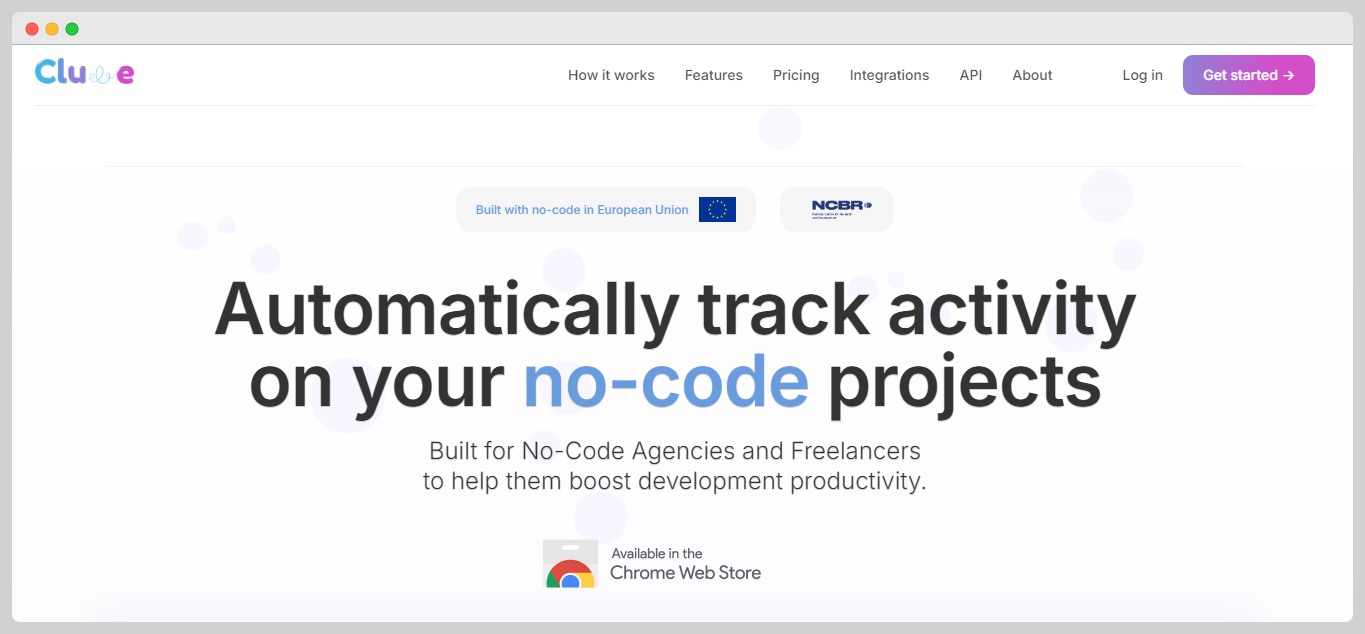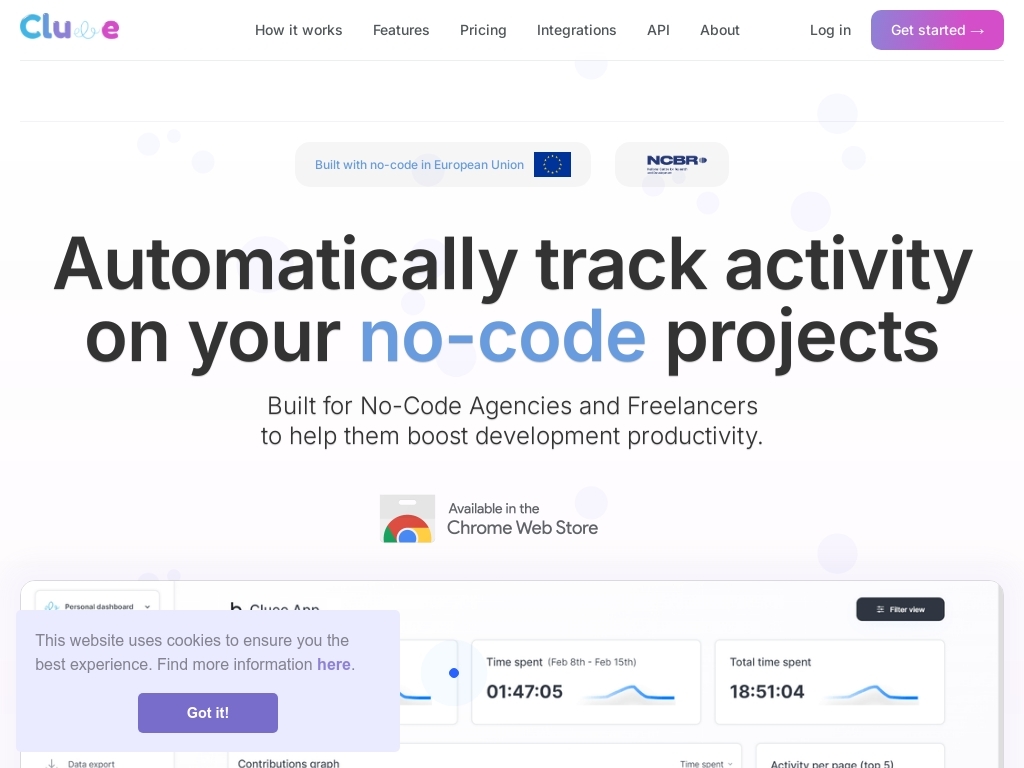How Tom Wesolowski Built an AI Startup in One Weekend With No-Code
Who is Tom Wesolowski?
Tom Wesolowski is a Polish entrepreneur who began his career in IT back in 2000, later transitioning into no-code development, and has experience running multiple internet businesses, including an AI startup and a software house.
What problem does Cluee solve?
Cluee solves the hassle of manual time-tracking for No-Code developers by automatically logging project hours via a Chrome Extension, enabling precise project forecasting and easier client reporting.


Founder-Market Fit
Disclaimer: The initial draft of this article was compiled by the Starter Story team based on publicly available interviews, podcasts, and other content from the founder. See the sources we used here.

Download the report and join our email newsletter packed with business ideas and money-making opportunities, backed by real-life case studies.

Download the report and join our email newsletter packed with business ideas and money-making opportunities, backed by real-life case studies.

Download the report and join our email newsletter packed with business ideas and money-making opportunities, backed by real-life case studies.

Download the report and join our email newsletter packed with business ideas and money-making opportunities, backed by real-life case studies.

Download the report and join our email newsletter packed with business ideas and money-making opportunities, backed by real-life case studies.

Download the report and join our email newsletter packed with business ideas and money-making opportunities, backed by real-life case studies.

Download the report and join our email newsletter packed with business ideas and money-making opportunities, backed by real-life case studies.

Download the report and join our email newsletter packed with business ideas and money-making opportunities, backed by real-life case studies.










